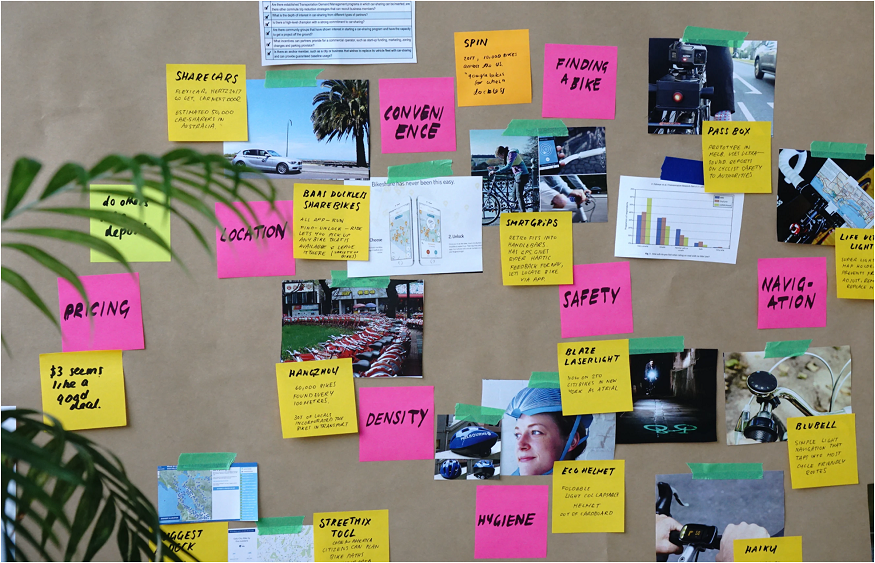Businesses continually seek ways to expand their influence beyond boundaries in an era when the world is more interconnected than ever. Effective communication with varied audiences is the key to successful worldwide expansion; this is where a localization service comes in handy. As technology advances, so do the tactics and instruments used in localization. Welcome to localization services 2.0, where the tech-driven landscape changes how organizations communicate with their worldwide audiences.
Localization Services’ Evolution
Technology has altered nearly every business, including the translation industry. Localization with modern technology means that service providers are becoming more capable of providing high-quality translation and localization services. Each new technological advancement makes localization more personalized, targeted, efficient, and accurate.
Language translation was the primary focus of traditional localization. localization services, on the other hand, has progressed beyond linguistic bounds. Advanced technologies that improve the user experience and maintain cultural relevance drive the next wave of localization services. This transformation is being led by Artificial Intelligence (AI), Machine Learning (ML), and automation.
AI-Assisted Translation and Content Modification
In recent years, artificial intelligence has transformed the localization sector. For example, machine translation (MT) boosts output by 30%. Furthermore, artificial intelligence-powered tools and technology automate processes ranging from terminology management to quality assurance to workflow management.
AI-powered translation tools are revolutionizing traditional translation localization services. To grasp context, idioms, and colloquialisms, these systems use neural machine translation, a type of machine learning. As a result, the translations are accurate and contextually suitable, retaining the original content’s intended tone and style.
AI algorithms can also assess user behavior and preferences, enabling personalized content modification. This implies that companies may adjust their messages to unique cultural peculiarities, ensuring their material appeals to a wide range of viewers.
Localization and translation solutions driven by AI drastically minimize the time and effort required to create and localize content. AI improves workflow efficiency by automating text extraction, translation, and quality-checking operations.
This saves resources and allows for a speedier time-to-market for content creators.
Current AI content translation systems often operate as follows:
- Preprocessing involves breaking the input text into smaller pieces (such as words or subwords) and performing any necessary formatting or normalization.
- Encoding: The preprocessed text is then encoded into a numerical form that the AI model can understand. This encoding can be based on either word or subword embeddings. The encoded input is routed through a neural network model trained on a large bilingual or multilingual data corpus. The model’s parameters are learned to anticipate the most likely translation for a particular input.
- Decoding: The model generates a series of words or subwords in the target language using the learning parameters. This decoded output represents the translated text.
- Post-processing: To improve the overall quality of the translation, the resulting translation may go through post-processing stages such as applying grammar rules, fixing word order, or adhering to specific style guidelines.
Localization in Multiple Modes
Localization services are more than just text translation. They include more media, such as photographs, movies, and audio files. AI algorithms can analyze images to discover culturally significant characteristics and alter visual material accordingly. AI also benefits video and audio localization, as speech recognition and synthesis technologies offer more natural and context-aware translations.
This multimodal strategy ensures the entire user experience is culturally relevant, building a stronger relationship between organizations and their worldwide audience.
Localization in Real Time
Real-time localization is required because of the speed with which information flows in the digital era. Natural Language Processing (NLP) technologies enable quick analysis and translation of content as it is generated. Real-time localization allows organizations to stay up with the dynamic nature of global communication, allowing them to respond quickly to market trends and customer input.
Personalization and Scalability
Localization services are very adaptable and scalable. Businesses can customize their localization efforts to meet the needs of distinct locations and audiences. Automation greatly enhances scalability, enabling firms to handle massive volumes of information without sacrificing quality.
This versatility allows firms to respond to each target market’s particular linguistic and cultural features, resulting in a more authentic and engaging customer experience.
Difficulties and Ethical Considerations
While localization services have many advantages, it also has certain drawbacks. One big issue is that cultural nuance may be lost in pursuing automation and efficiency. To minimize unintended cultural misappropriation, it is critical to balance technology innovation and cultural sensitivity.
Furthermore, using AI in localization raises data privacy and security problems. To develop trust with their global audience, businesses must prioritize protecting user data and comply with foreign legislation.
Localization Services in the Future
Continued technology developments and a holistic strategy incorporating language, cultural awareness, and user experience are key to the future of localization services. As organizations attempt to grow their worldwide footprint, embracing localization services will be critical for remaining competitive in a tech-driven landscape.
Final Thought
Finally, localization services represent a paradigm shift in how organizations interact with their worldwide audiences. Businesses may manage the tech-driven landscape by leveraging advanced technology, personalization, and scalability to guarantee that their ideas resonate across cultures, building meaningful connections in the diverse world of the digital age. The future offers a more nuanced and seamless localization experience, with technology as an enabler, overcoming linguistic and cultural divides for a truly globalized world.
Localization will become more technologically driven, networked, and pervasive. Localization technology has proliferated. The localization agency offers over 700 translation process management, software and audio-visual localization, machine translation, speech recognition, interpretation, quality management, integrations, and platform tools.
Organizations that invest in future fit localization — people, process, and technology — see tremendous ROI through increased capacity and speed, streamlined workflows, customer engagement, and market penetration.



